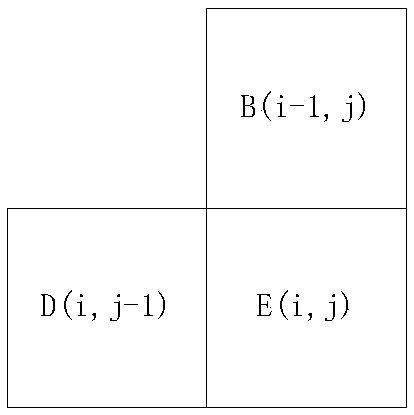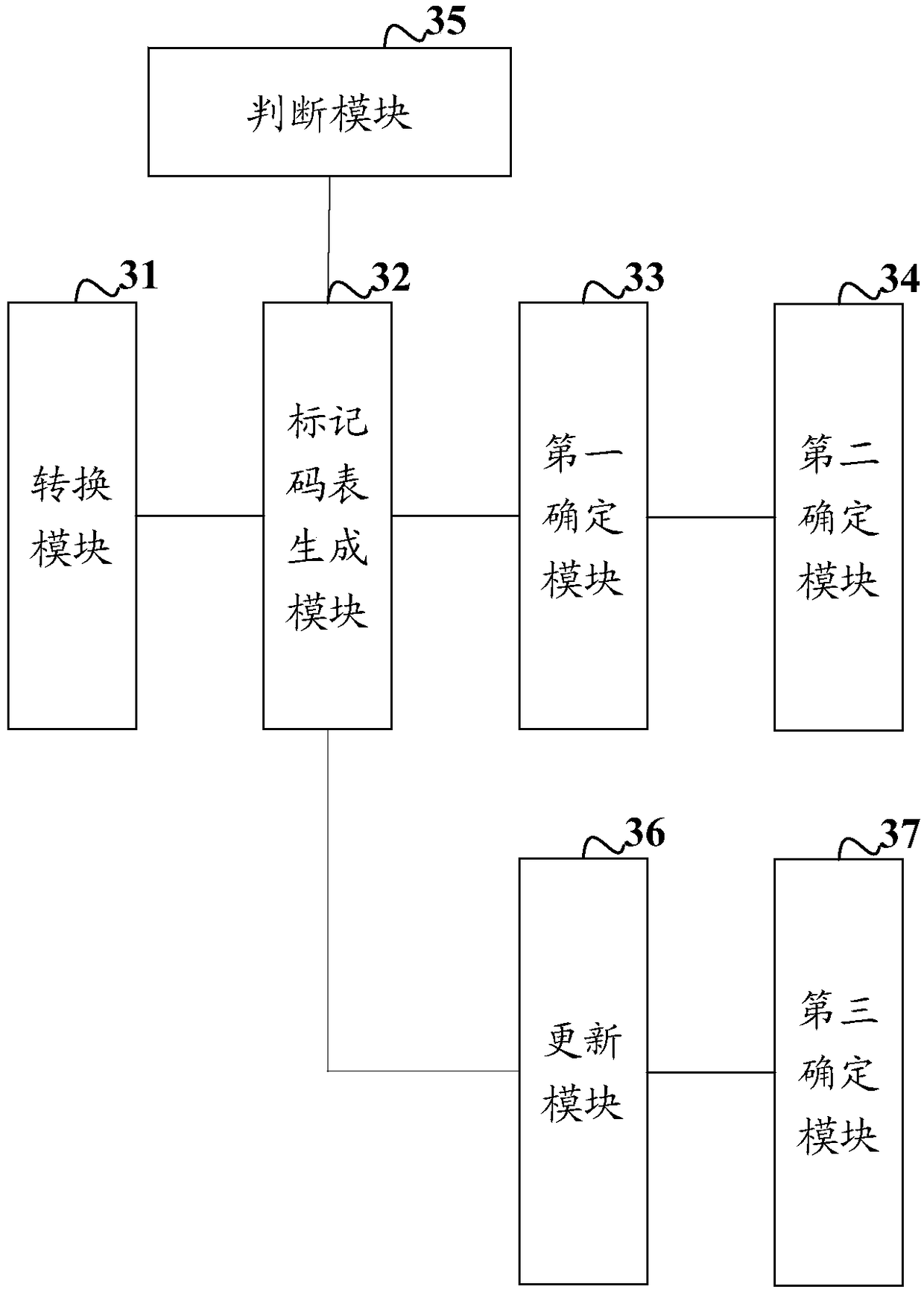Connected domain extraction method and device
An extraction method and technology of connected domains, applied in the field of connected domain extraction methods and devices, can solve problems such as low efficiency and large processing resources
- Summary
- Abstract
- Description
- Claims
- Application Information
AI Technical Summary
Problems solved by technology
Method used
Image
Examples
Embodiment 1
[0048] figure 1 A schematic diagram of a connected domain extraction process provided by an embodiment of the present invention, the process includes:
[0049] S101: Convert the image to be extracted into a binary image.
[0050] The method for extracting connected domains provided by the embodiments of the present invention is applied to electronic devices, and the electronic devices may be image acquisition devices, such as video cameras, cameras, etc., or devices such as mobile phones, personal computers (PCs), and tablet computers.
[0051] A binary image means that each pixel in the image has only two values or grayscale states, usually "0" or "1". In the dot matrix image composed of "1" (target point), the adjacent target points are extracted. Its purpose is to find all connected domains in the image, and mark all pixels belonging to the same connected domain with a unique label value. Wherein, when the electronic device marks the connected domain of the binary imag...
Embodiment 2
[0065] In order to facilitate marking the pixels in the binary image, on the basis of the above embodiments, in the embodiment of the present invention, the sequentially scanning each pixel in the binary image includes:
[0066]Scan each pixel in the binary image in order from top to bottom and left to right; or,
[0067] Scan each pixel in the binary image in order from left to right and from top to bottom; or,
[0068] Scan each pixel in the binary image in a sequence from bottom to top and from right to left; or,
[0069] Each pixel in the binary image is scanned from right to left and from bottom to top.
[0070] If each pixel in the binary image is scanned in the order from top to bottom and left to right, for the scanned pixel, according to the first gray value of the current pixel, which is the same as the current pixel The marking value of the adjacent first target pixel point and the second target pixel point, determining the marking value of the current pixel point...
Embodiment 3
[0077] In order to avoid repeatedly recording the same equivalent pair into the equivalent code table, on the basis of the above embodiments, in the embodiment of the present invention, the first tag value and the second tag value are used as Equivalent pair, before recording in the equivalent code table, the method also includes:
[0078] judging whether there is an equivalence pair including the first tag value and the second tag value in the equivalent code table;
[0079] If not, proceed to the next step.
[0080] Specifically, if the first mark value and the second mark value of the first target pixel point and the second target pixel point adjacent to the current pixel point are not equal and are not 0, it is judged whether there is a An equivalence pair of a mark value and the second mark value, if yes, then explain that the equivalence pair of the first mark value and the second mark value is included in the equivalent code table, needn't the equivalence of the second...
PUM
 Login to View More
Login to View More Abstract
Description
Claims
Application Information
 Login to View More
Login to View More - R&D
- Intellectual Property
- Life Sciences
- Materials
- Tech Scout
- Unparalleled Data Quality
- Higher Quality Content
- 60% Fewer Hallucinations
Browse by: Latest US Patents, China's latest patents, Technical Efficacy Thesaurus, Application Domain, Technology Topic, Popular Technical Reports.
© 2025 PatSnap. All rights reserved.Legal|Privacy policy|Modern Slavery Act Transparency Statement|Sitemap|About US| Contact US: help@patsnap.com



